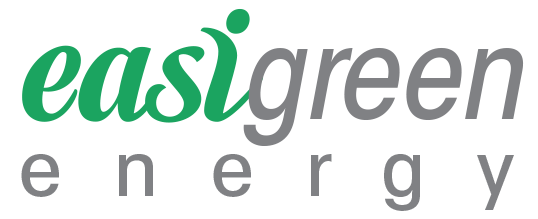Solar Power Inverter
Compared to solar panels, solar inverters have a less attractive look. However, they are arguably the most important solar electric system component. So what is a solar power inverter? A device capable of converting direct current into alternating current, solar power inverter allows you to transfer power from your solar panels to the switches in your house that you use for your computer, television and other electrical appliances. Creating alternating current by themselves isn’t possible for solar panels. Therefore, they take help from a solar power inverter for this purpose.
At times, in order to convert the direct current obtained from a solar panel into alternating current, solar power inverters require the panel to have a breaker. Due to this, solar inverters are able to function as another source of energy. For later use, a solar power inverter is capable of storing excess energy during the daytime. Over the years, in terms of technology, solar power inverters have advanced significantly. Today, they do much more than convert direct current into alternating current.
Today, a solar power inverter has a number of capabilities which allows it to perform optimally. The capabilities include advanced controls and data monitoring. Furthermore, most solar power inverter manufacturers provide free or low-cost maintenance and repair services. This allows you to keep the inverter in optimal condition. There are three different types of solar power inverters: grid-connected inverters, stand-alone inverters and battery-back up inverters. Let’s now take a look at the solar power inverter types in detail.
Grid-connected inverters
The first solar power inverter type is the grid-connected inverter. The utility proffered sine wave power is what grid-connected inverters match phase with. For safety reasons, grid-connected inverters shut down automatically when there is a loss of power. During power outages, no backup is provided by this power inverter type. Furthermore, strictly complying with the requirements and regulations of the utility grid is necessary for grid-connected inverters.
Stand-alone inverters
The second power inverter type that we’re going to discuss is the stand-alone inverter. Used in stand-alone applications, a stand-alone inverter extracts direct current from the batteries charged by photovoltaics panels. Most stand-alone inverters feature a built-in charger. Using this charger, stand-alone inverters charge the batteries from an alternating current power source. Almost always, stand-alone inverters aren’t connected to the national grid.
Battery-backup inverters
The final solar power inverter type that we’re going to discuss is the UPS (Uninterruptible Power Supply) inverter or battery-backup inverter. Designed to extract power from a battery, battery-backup inverters use a built-in charger to manage the battery. Furthermore, the utility grid is where they transfer the excess power to. During power outages, battery-backup inverters can provide alternating current energy.
Since they are an uncomplicated device, understanding solar power inverters isn’t difficult. To understand a solar power inverter, you just need to know a few basic things such as how they work, what types are available and how each type functions. Once you have this knowledge, choosing the appropriate solar power inverter for yourself and making it work to your benefit would be easy.
